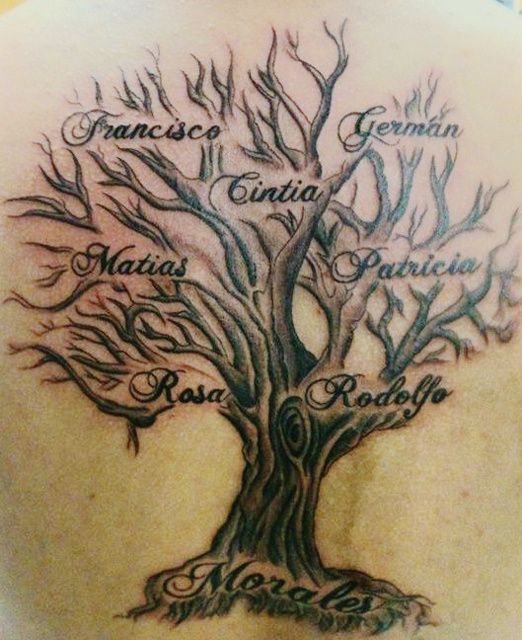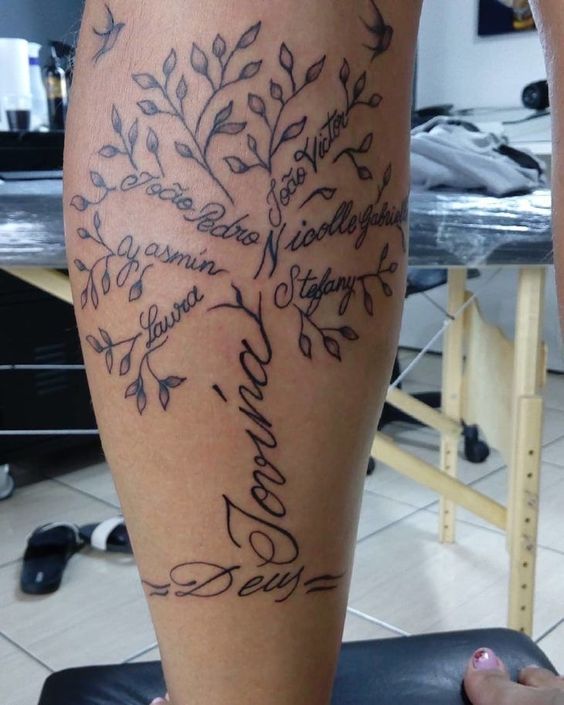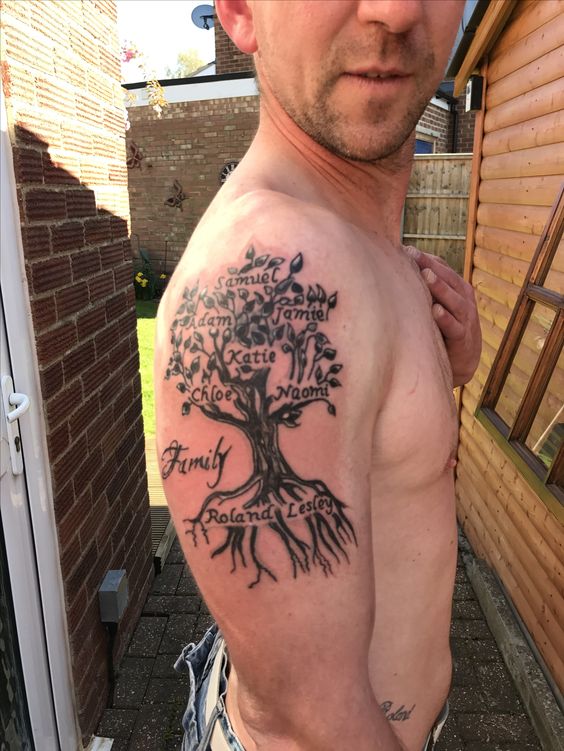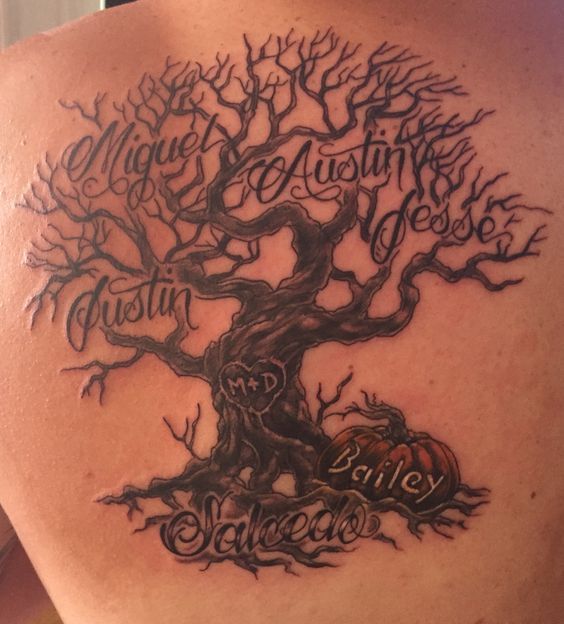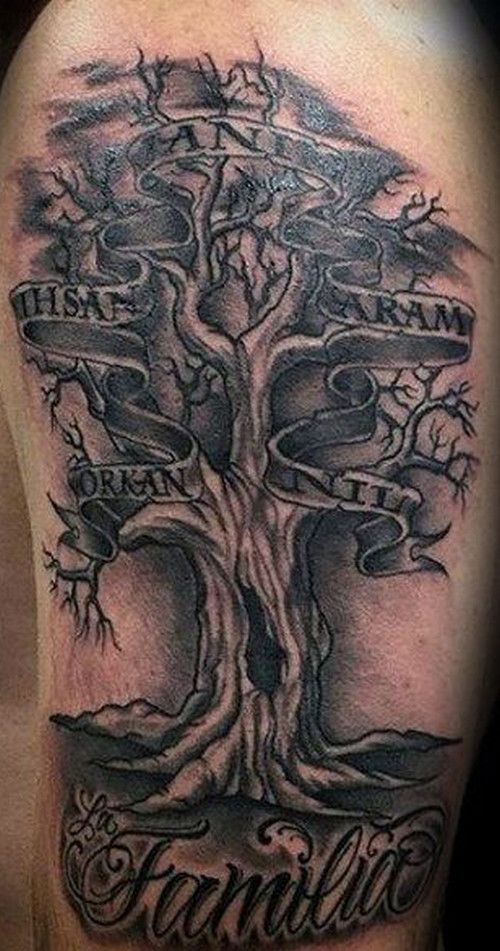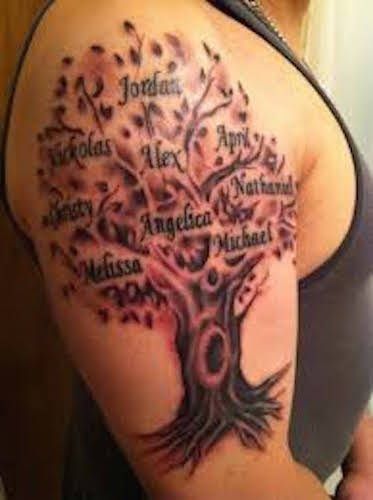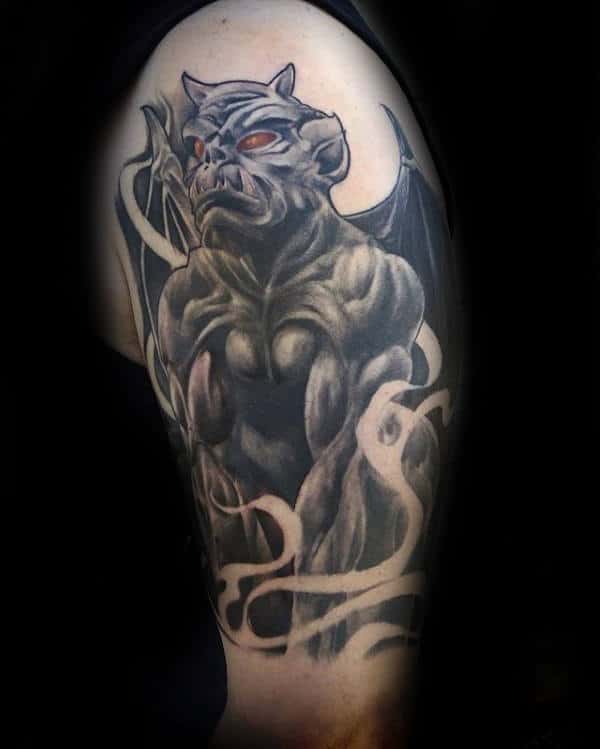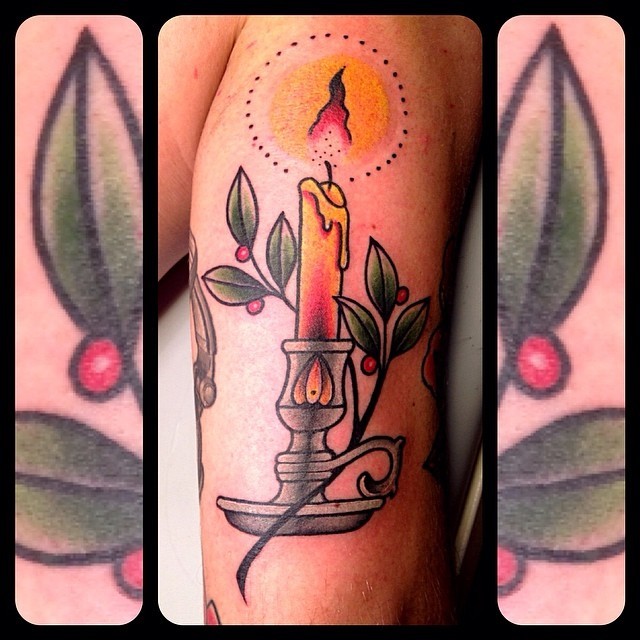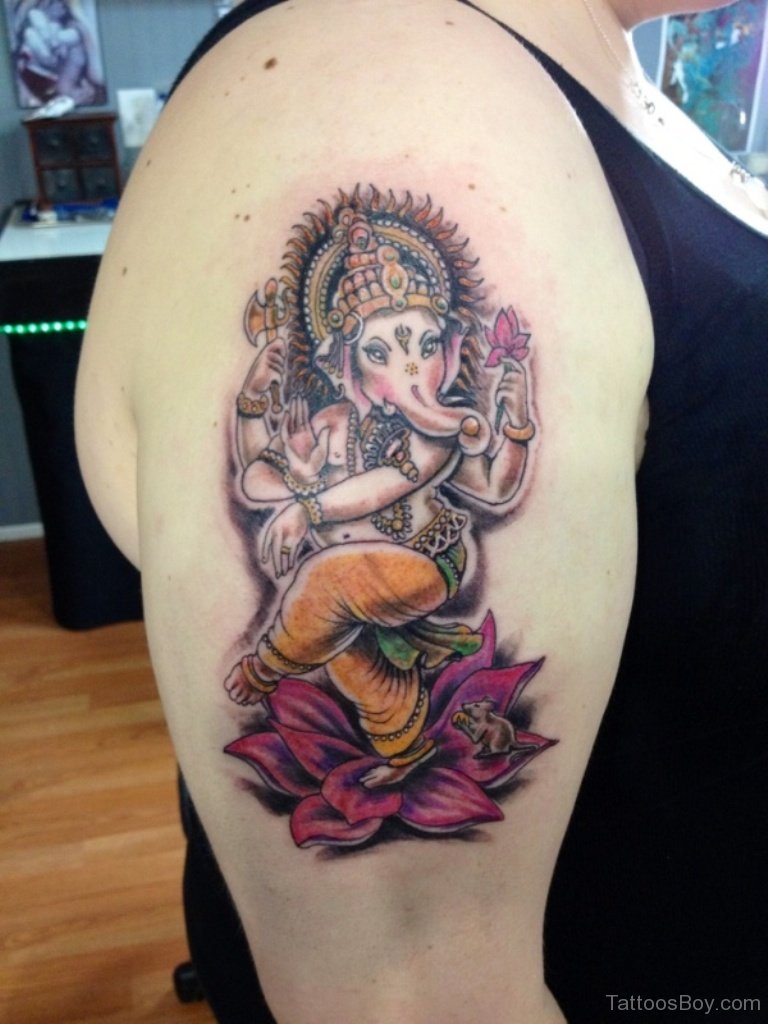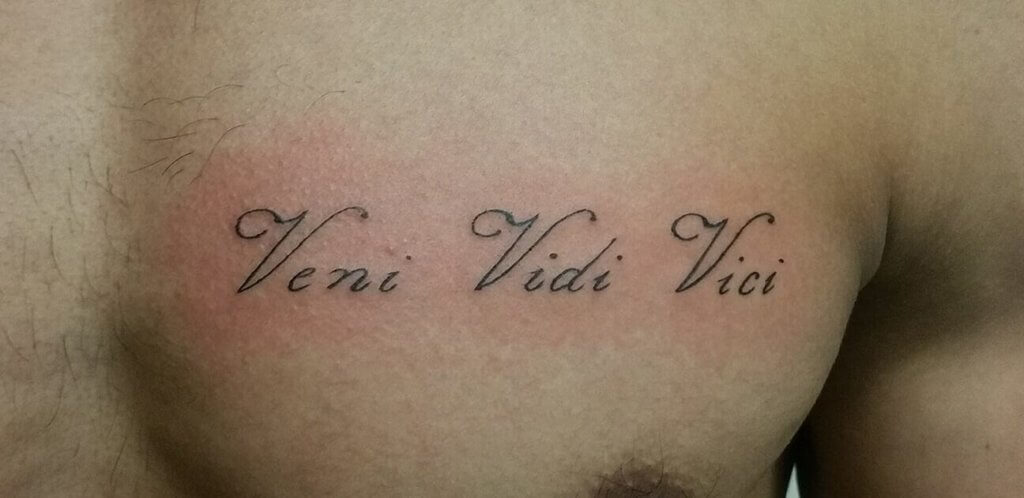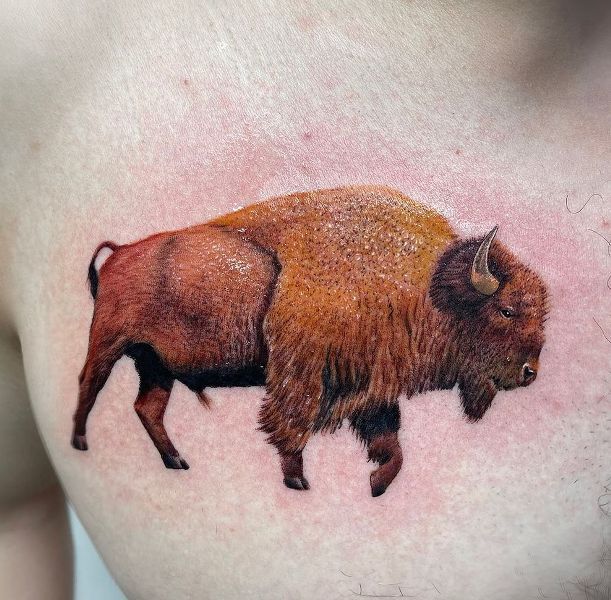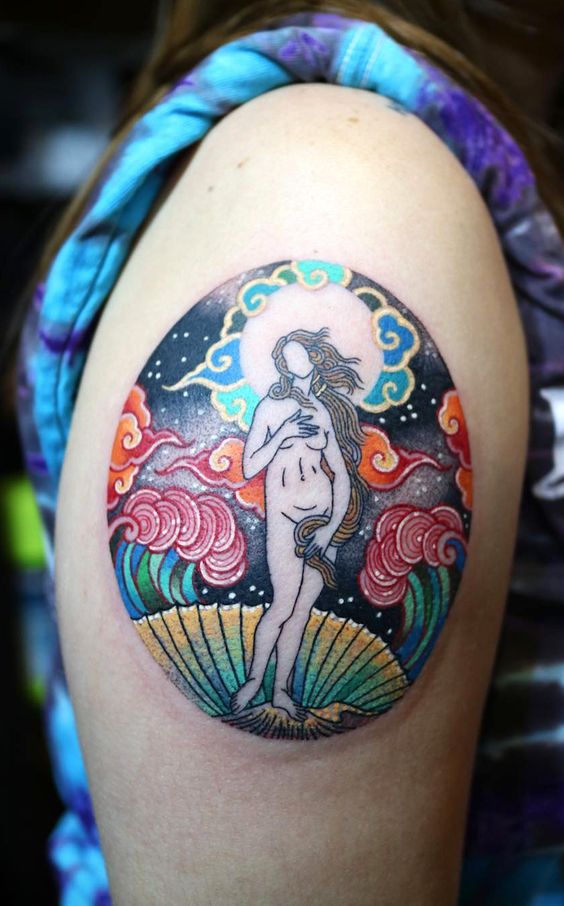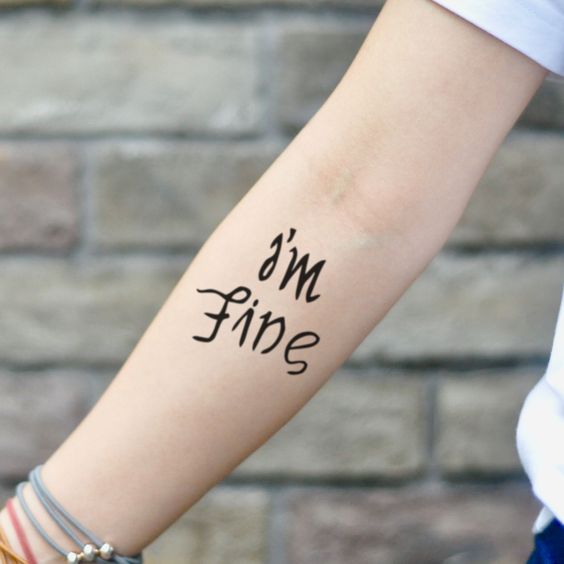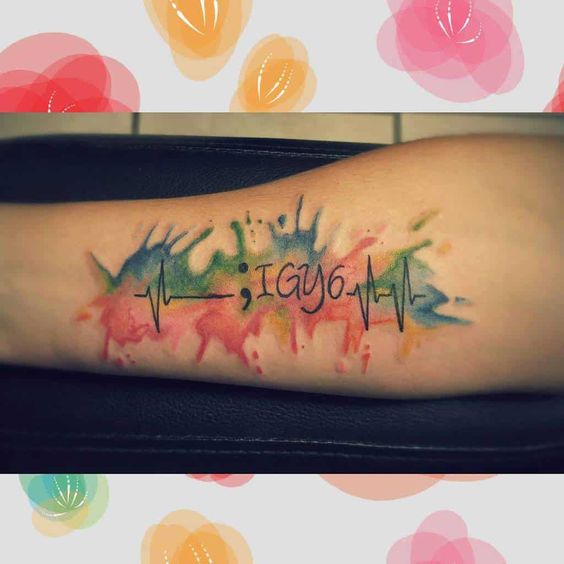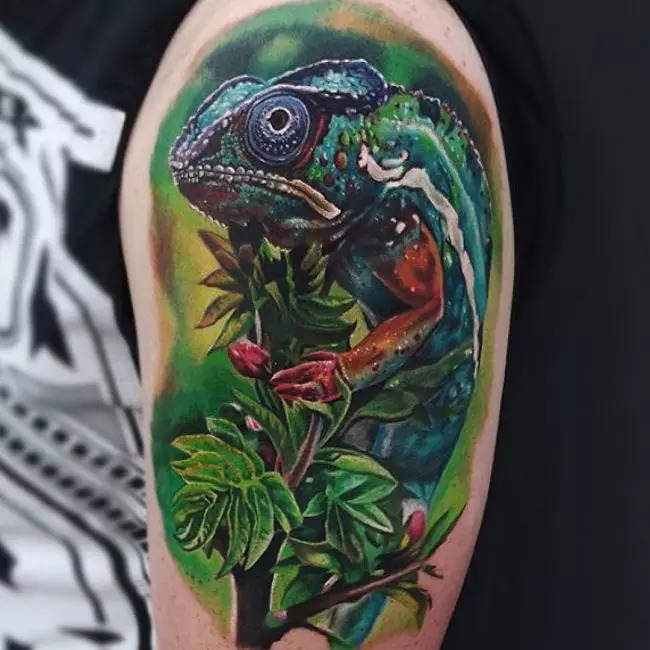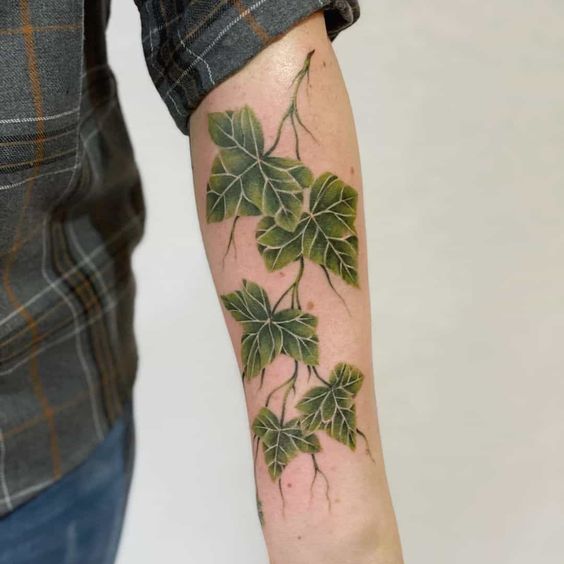Meaning of Family Tree Tattoo: An Introduction
The Meaning of family tree tattoo goes beyond skin-deep. It’s an expressive art form that symbolizes deep connections, heritage, and love. You’re not just showing off a design; you’re telling a story.
A Spectrum of Emotions: What It Represents
Family means different things to different people. Love, unity, and support are usually the baseline emotions. For others, it signifies survival against all odds. Therefore, a family tree tattoo can echo a range of emotions and experiences. With this tattoo, you’re wearing your heart, quite literally, on your sleeve.
- Ancestor, Family and Fertility: The Family Tree symbol represents a connection with family and ancestors. The tree has an intricate network of roots and branches that represent how the family grows and expands over many generations. It also symbolizes fertility as it always finds a way to continue growing through seeds or new saplings. The green colour of the leaves symbolizes its vitality.
- Growth and strength: Trees are a universal symbol of strength and growth, especially when they are tall and strong. They spread their roots deep into the soil, thus ensuring stability.
- Individuality: The family tree symbolizes individuality because all trees are unique, and their branches sprout in different places in different directions. It symbolizes a person’s personal growth into a unique human being, as different experiences shape us into who we become.
- Immortality and Rebirth: The Tree of Life is a symbol of rebirth, as trees lose their leaves in the fall and appear dead during the winter, but then new buds with fresh leaves appear in the spring. This represents the beginning of a new life, a new beginning.
- Peace: Trees have always evoked a sense of peace and tranquillity, so it is not surprising that a tree is also a symbol of peace and relaxation.
In addition to cultures, trees of life also have their place in religious symbolism. The symbol of the tree does not belong to one particular culture, as it has been used all over the world for centuries.
Origins: From Concept to Ink
The idea of a family tree is not new. It stems from genealogy charts and historical records. Translated into a tattoo, this concept takes on a personal, intimate dimension. However, before you commit, remember that this tattoo will be a lifelong decision, a constant reminder of your roots. Hence, choose carefully.
We can observe it in ancient Mesopotamia, through Egypt, all the way to Europe in Celtic, Nordic and Slavic cultures. As for religions, we can see this symbol in Buddhism, Christianity, Judaism, Islam and Hinduism.
- The Celtic Tree of Life, or Crann Bethadh in Irish, holds a central spot in Irish heritage and stands as one of the most revered Celtic symbols. Historically, people viewed this tree as extraordinarily powerful. Not just ordinary plants, these trees served as links to spirit worlds and ancestral realms, effectively acting as portals to other dimensions.
- Meanwhile, in Jewish tradition, the Tree of Life emerges from the Flower of Life and goes by the name Kabala in Hebrew. This mystical symbol acts as a roadmap, guiding us on our spiritual journey toward God. Embodying divine qualities and energies, it hints at the divine spark each of us carries within.
- In the realm of Buddhism, people refer to the Tree of Life as the Buddha tree. Renowned as the enlightenment tree, Buddha himself achieved his heightened state of awareness under its branches. Therefore, it commands immense respect as a sacred emblem.
- Turning our gaze to Chinese mythology, their version of the Tree of Life takes the shape of a peach and enjoys the protection of a dragon and a phoenix. The dragon, a symbol of immortality in Chinese culture, adds an extra layer of significance to the tree. Furthermore, the tree produces a mystical peach only once in 3000 years. In Taoist lore, consuming this elusive peach bestows immortality.
- Christianity offers its own unique perspective on the Tree of Life. In this religious context, the tree produces fruit that provides immortality. Specifically, Catholic Christians interpret the tree as a representation of sin-free, uncorrupted humanity. However, Mormon beliefs diverge slightly, associating the tree with love. Additionally, the Book of Revelation mentions this tree, attributing to it potent healing abilities.
By examining these various interpretations, we see that the concept of the Tree of Life spans diverse cultures and belief systems, each adding its unique flavor and significance.
Meaning of Family Tree Tattoo: Visual Elements
The visual elements are as significant as the meaning. Choices include tree size, leaf shape, and color scheme. Names or initials can be inscribed, making it personal. Additional symbols like hearts, birds, or stars can also adorn the tree, giving it more layers of meaning.
In general, when we get a family tree tattoo, we feel love, passion and care for our family members. At the same time, we want to demonstrate strength and endurance.
Check out some family tree tattoos we found for you:
Origins: From Concept to Ink
The idea of a family tree is not new. It stems from genealogy charts and historical records. Translated into a tattoo, this concept takes on a personal, intimate dimension. However, before you commit, remember that this tattoo will be a lifelong decision, a constant reminder of your roots. Hence, choose carefully.
Meaning of family tree tattoo: Cultural and Modern Impact
Family tree tattoos are universal. They resonate with people across cultures. In the modern age, these tattoos serve as both traditional tokens and hip fashion statements. Young or old, people from all walks of life opt for this deeply personal symbol.
Conclusion
Family tree tattoos offer a deeply personal way to express your life’s foundational elements. Whether it’s your immediate family or a lineage stretching back generations, this tattoo serves as a daily reminder. A blend of history and emotion, it’s more than just a tattoo; it’s a legacy you can wear proudly.
